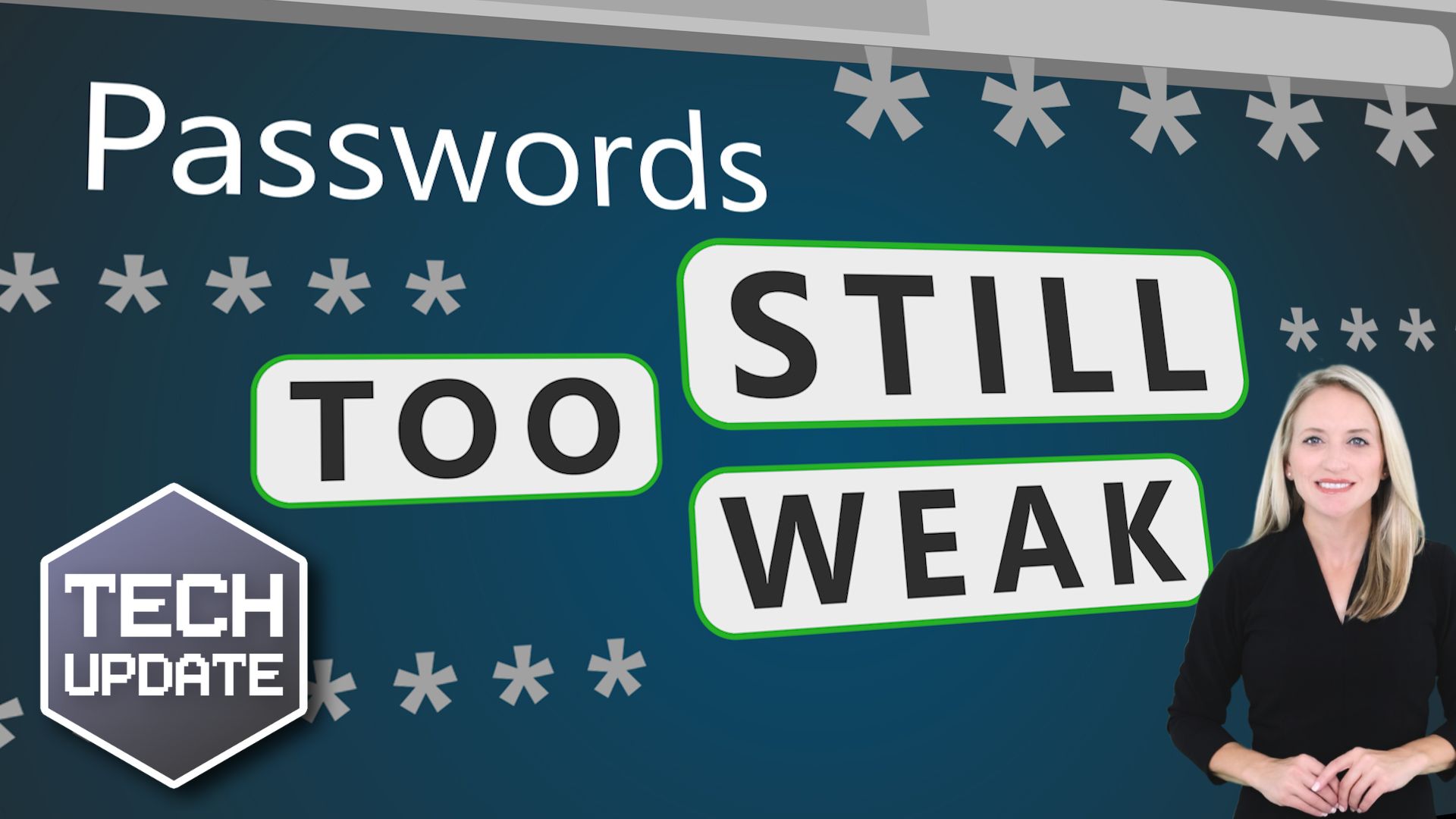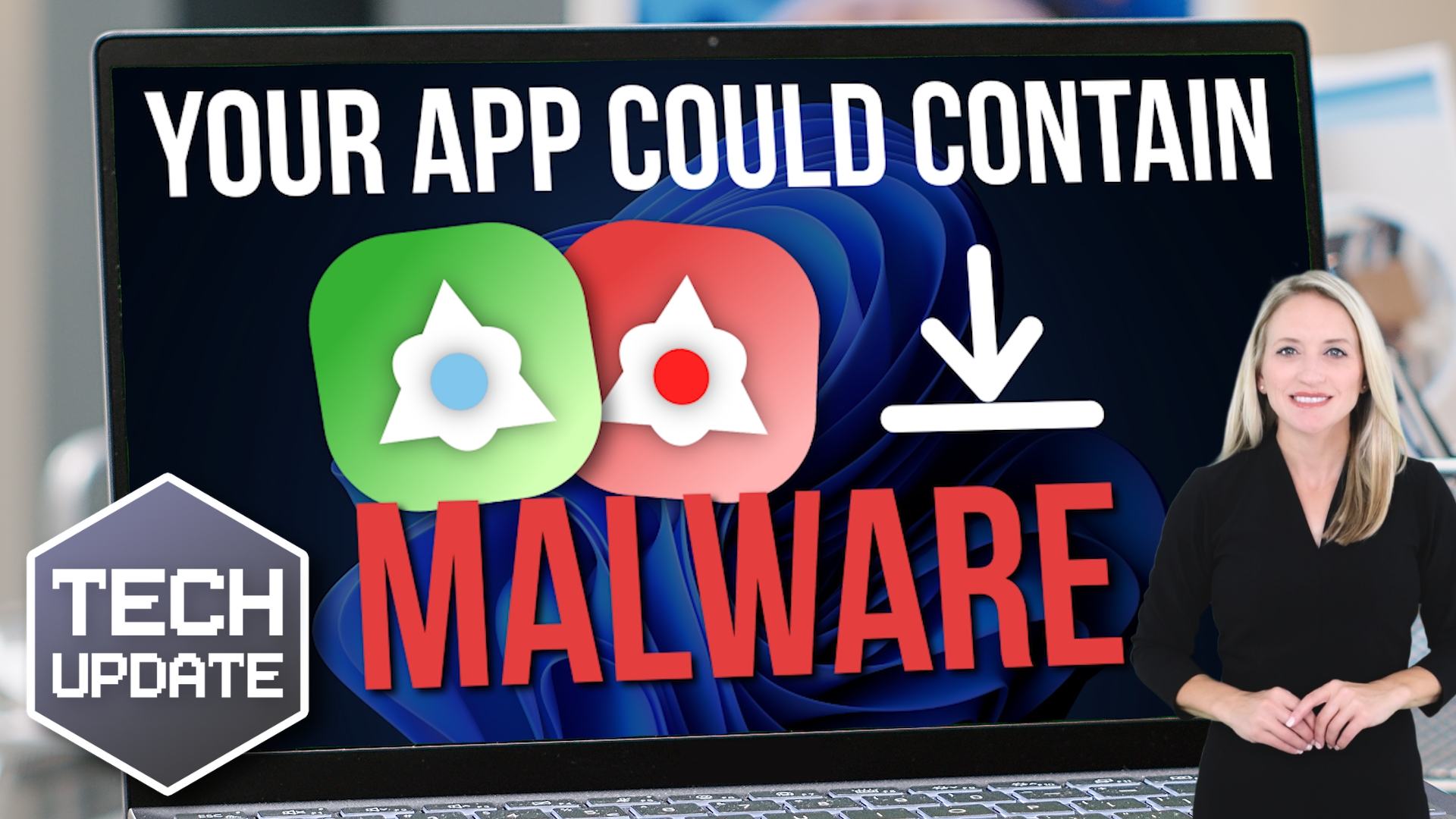Weak Passwords Are Still Putting Your Business at Risk
Let’s be honest—does anyone on your team still use a password like “12345” or “password123”?
If so, they’re not alone. But that doesn’t mean it’s safe.
Despite countless reminders from cybersecurity experts, weak passwords are still everywhere—and they remain one of the easiest ways for hackers to break into business systems.
The Real Cost of Weak Passwords
You might be surprised to learn that “123456” is still the most common password used in businesses today. Others that make the list? “password,” “qwerty123,” and “123456789.” These aren’t just poor choices—they’re essentially leaving your digital doors wide open for cybercriminals.
This isn’t just a problem for large corporations. Small and mid-sized businesses (SMBs) are just as guilty—and often suffer greater damage when things go wrong. That’s because they may not have the resources to recover quickly from a data breach or financial loss.
Even one stolen password could give an attacker access to your:
-
Email accounts
-
Financial records
-
Internal systems
-
Customer data
The fallout can be financially devastating and damaging to your reputation.
“We’re Too Small to Be a Target” Is a Myth
Think your business is too small to be a target? Think again.
Hackers don’t just go after big fish—they go after easy wins. And weak passwords are the easiest way in. Even if you’re a small team, your data, emails, and client information are valuable and worth protecting.
It’s not just obvious passwords like “admin” or “letmein” either. Many people still use their name, email address, or even sentimental phrases like “iloveyou.” Sweet? Sure. Secure? Definitely not.
What Can You Do to Stay Protected?
The good news: strengthening your business’s password practices doesn’t have to be complicated.
Here’s where to start:
1. Use Strong, Unique Passwords
Every account should have a randomly generated password that includes a mix of uppercase and lowercase letters, numbers, and special characters. No repeats. No patterns.
2. Rely on a Password Manager
Nobody can (or should) remember dozens of complex passwords. A password manager makes it easy by creating strong passwords and storing them securely. It also reduces the risk of passwords being written down or reused.
3. Enable Two-Factor Authentication (2FA)
With 2FA, even if a password is compromised, an attacker would still need a code from your phone or an app to get in. It’s one of the simplest ways to boost security instantly.
4. Explore Password Alternatives Like Passkeys
Looking ahead, passkeys are gaining popularity. They replace traditional passwords with biometric authentication (like facial recognition or fingerprint scans) or device-based logins. It’s easier, faster, and more secure.
Don’t Wait for a Breach
Strong passwords—or better yet, secure alternatives—are your first line of defense against cyber threats. If your team is still using “abc123” or sticking Post-it notes to their monitors, now’s the time to make a change.
Need help reviewing your password policies or setting up secure logins for your team? We’re here to help make it simple.
Next Steps
Are you looking for a new IT service provider? Check out our free guide that explains how to choose your next IT service provider for some quick tips to get you started! Schedule a free 15-minute discovery call with someone from our team to see if we’re a good mutual fit!







